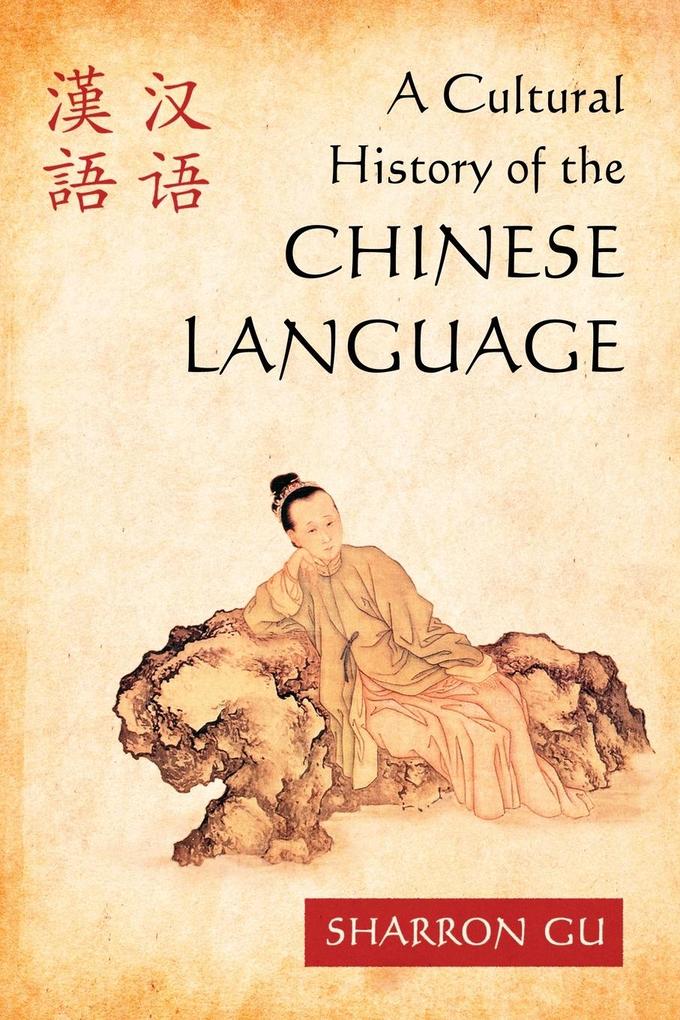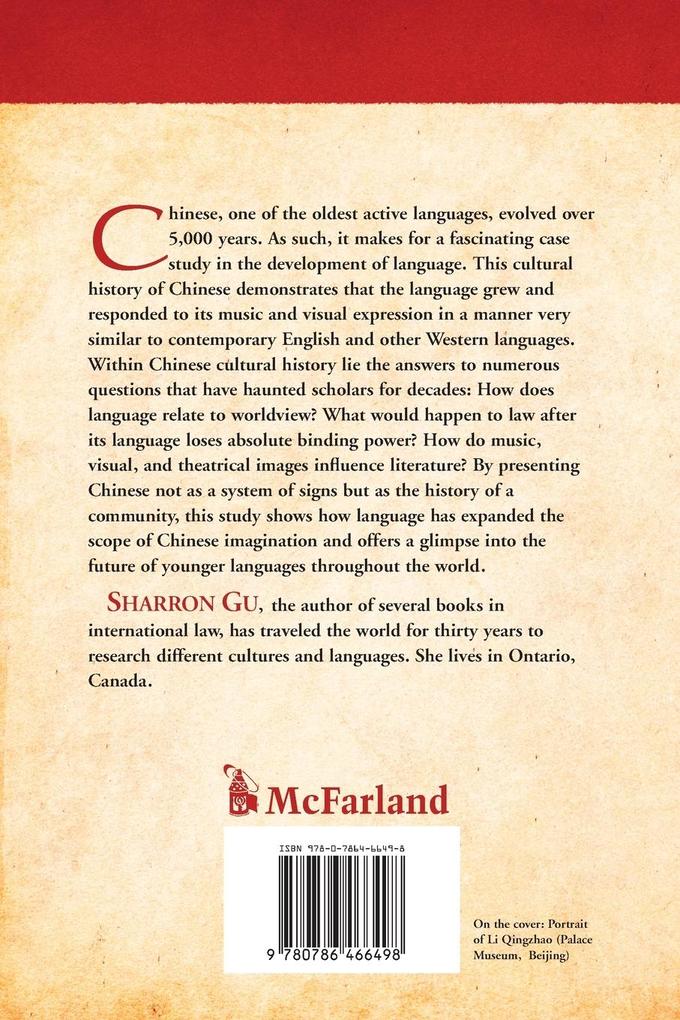
Zustellung: Do, 05.06. - Di, 10.06.
Versand in 6 Tagen
VersandkostenfreiBestellen & in Filiale abholen:
Chinese, one of the oldest active languages, evolved over 5,000 years. As such, it makes for a fascinating case study in the development of language. This cultural history of Chinese demonstrates that the language grew and responded to its music and visual expression in a manner very similar to contemporary English and other Western languages. Within Chinese cultural history lie the answers to numerous questions that have haunted scholars for decades: How does language relate to worldview? What would happen to law after its language loses absolute binding power? How do music, visual, and theatrical images influence literature? By presenting Chinese not as a system of signs but as the history of a community, this study shows how language has expanded the scope of Chinese imagination and offers a glimpse into the future of younger languages throughout the world.
Inhaltsverzeichnis
Table of Contents
Preface
Introduction
Part I. Music, Dance and the Sound of Poetry
1. Music, Dance and Words
2. From Pictures and Graphs to Words
3. The Music of Poetry
Part II. Painting, Theatre and the Imagery of Poetry
4. History of Painting
5. Imagery and Narrative of Nature
6. Rhythm and Imagery of Feeling
7. Poetry on Stage
8. A Few Final Words
Chapter Notes
Bibliography
Index
Preface
Introduction
Part I. Music, Dance and the Sound of Poetry
1. Music, Dance and Words
2. From Pictures and Graphs to Words
3. The Music of Poetry
Part II. Painting, Theatre and the Imagery of Poetry
4. History of Painting
5. Imagery and Narrative of Nature
6. Rhythm and Imagery of Feeling
7. Poetry on Stage
8. A Few Final Words
Chapter Notes
Bibliography
Index
Produktdetails
Erscheinungsdatum
13. Dezember 2011
Sprache
englisch
Seitenanzahl
272
Autor/Autorin
Sharron Gu
Verlag/Hersteller
Produktart
kartoniert
Gewicht
446 g
Größe (L/B/H)
229/152/16 mm
ISBN
9780786466498
Entdecken Sie mehr
Bewertungen
0 Bewertungen
Es wurden noch keine Bewertungen abgegeben. Schreiben Sie die erste Bewertung zu "A Cultural History of the Chinese Language" und helfen Sie damit anderen bei der Kaufentscheidung.











